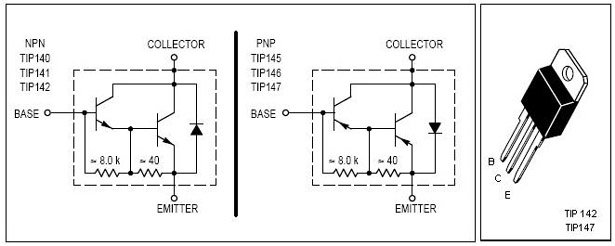Hey Guys:
I have a Marshall 2098 solid state amp that one of the low voltage Zener diodes (24V) went open. (unrelated fact)
Previously someone went into the amp and replaced the output transistors.
They also disconnected the ohms selector switch and "output" (or dampening transformer).
The question is:
1) If there is no speaker connected, does the ohm selector switch and impedance transformer act as a short circuit to ground?
This would imply and the amp (like a tube amp) should not be operated without a speaker connected?
2) Is it better to run the amp with the transformer connected or just leave it disconnected?
Thanks ...
I have a Marshall 2098 solid state amp that one of the low voltage Zener diodes (24V) went open. (unrelated fact)
Previously someone went into the amp and replaced the output transistors.
They also disconnected the ohms selector switch and "output" (or dampening transformer).
The question is:
1) If there is no speaker connected, does the ohm selector switch and impedance transformer act as a short circuit to ground?
This would imply and the amp (like a tube amp) should not be operated without a speaker connected?
2) Is it better to run the amp with the transformer connected or just leave it disconnected?
Thanks ...
 (that's the idea)
(that's the idea)




Comment